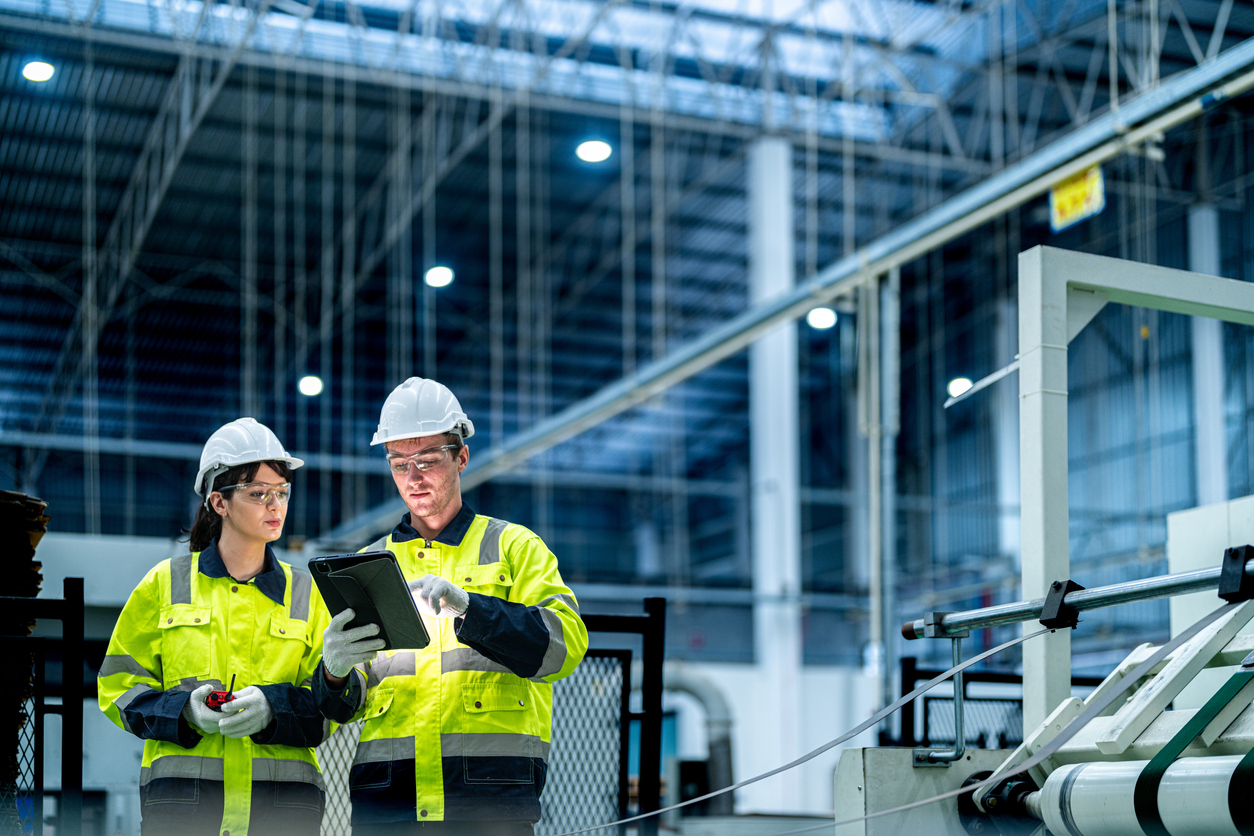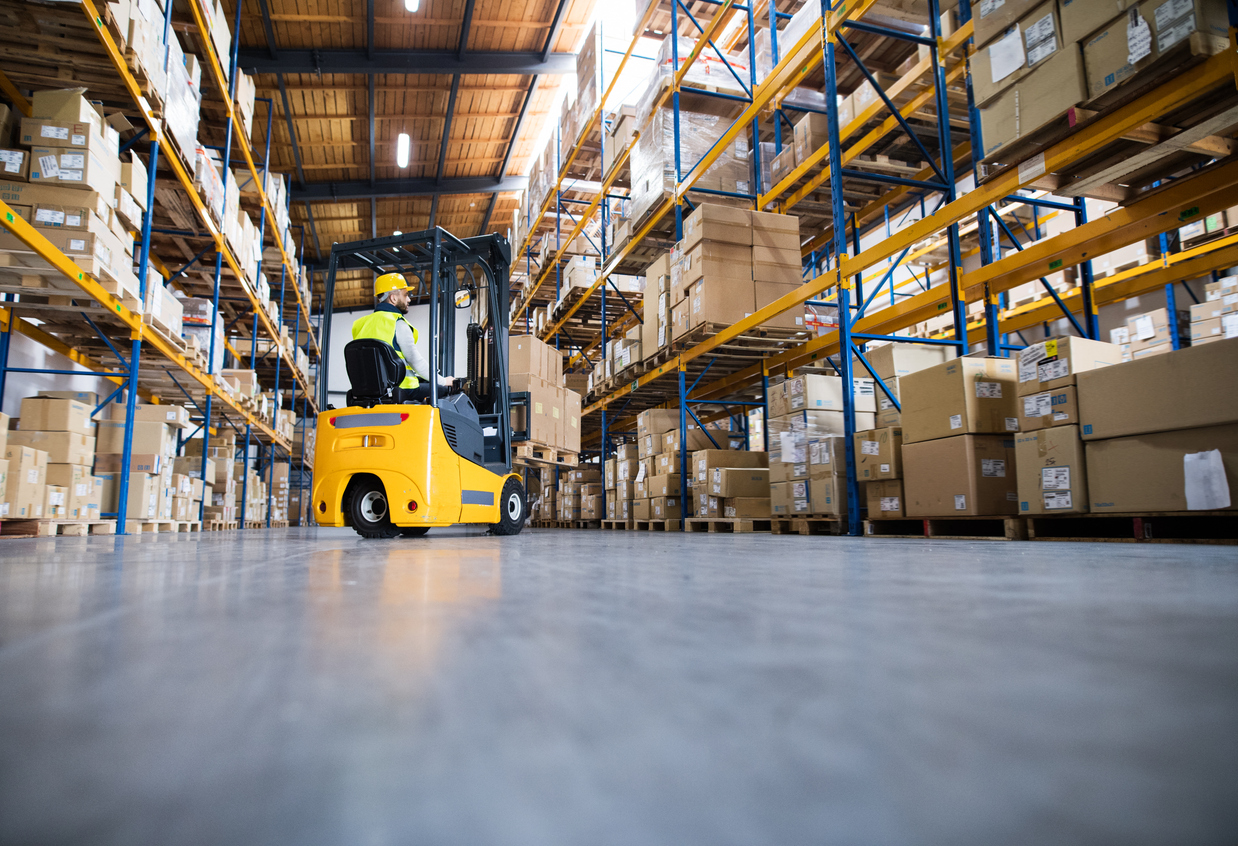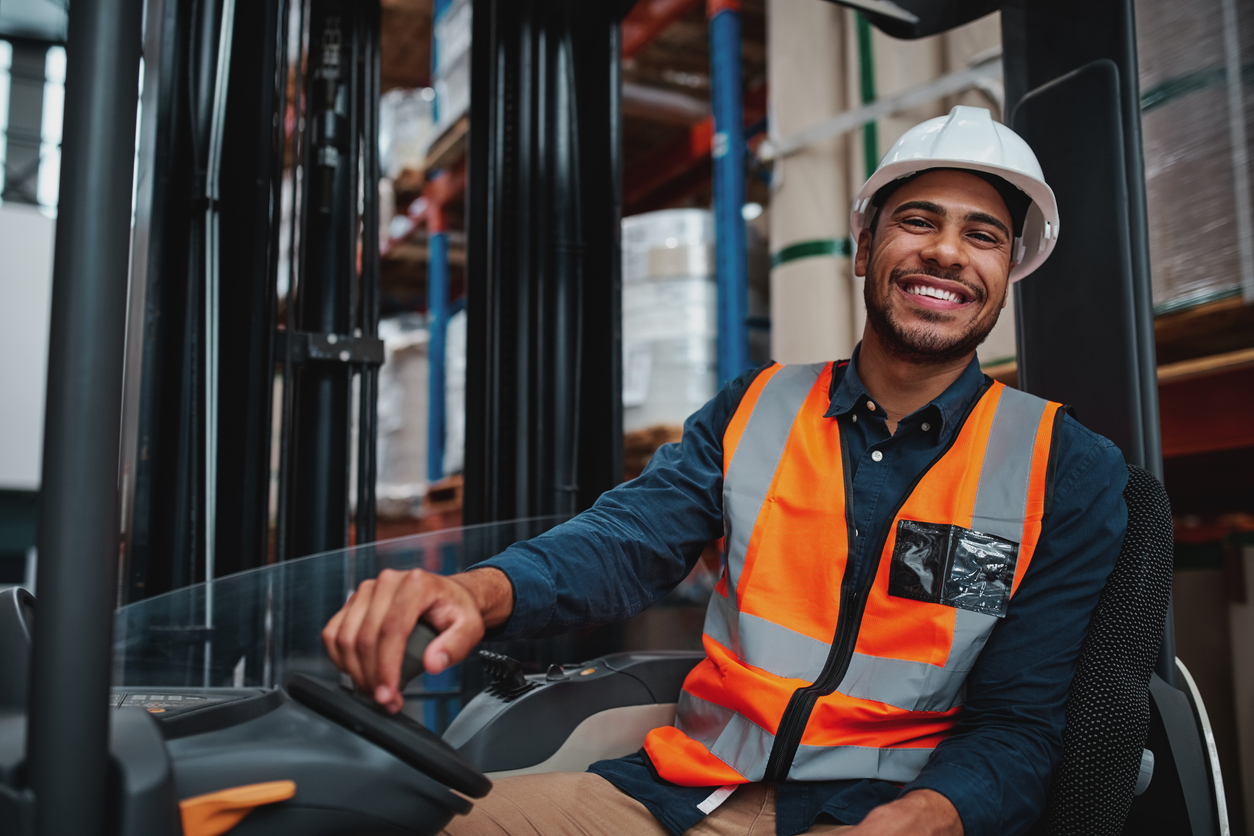Warehouses don’t work without people. Even with automation and the use of automated processes on the rise, the human workforce is still absolutely essential to keeping warehouse operations up and running.
And the need for skilled workers is only growing, as the demands for e-commerce and stock keeping units (SKUs) have increased. Between 2011 and 2023, the number of warehouse and distribution employees grew from 668k to 1.9m, with the cost of labor accounting for up to 65% of total warehouse fulfillment costs.
That’s the largest piece of a manufacturer’s warehousing budget, and it’s a cost that continues to grow – thanks to those rising demands from e-commerce alongside a tight labor market. While it’s proving hard for warehouse manufacturers to find enough qualified and desirable candidates, it’s not the only problem. There’s also the issue of retaining that workforce, and reducing employee turnover.
What are the problems caused by labour shortages?
As far back as 2018, Logistics Management magazine’s annual Warehouse and Distribution Center (DC) Operations Survey was decrying the labor crunch as the number one issue facing the industry. A majority of respondents, some 55%, were most concerned about attracting and retraining a qualified workforce.
The continued growth of the e-commerce market makes the need for a reliable workforce ever-more pressing. In 2021, global retail e-commerce sales amounted to approximately $4.9 trillion in U.S. dollars, by 2026, that figure is expected to grow to $8.1 trillion, a further increase of 56%.
All of which has a knock-on effect when it comes to operational budgets and spending. Fewer skilled employees means increased overtime for those who are available, while greater turnover makes it harder for warehouses to implement training that would increase the workforce’s capabilities and boost productivity. What’s more, it costs around a quarter of an individual warehouse worker’s salary to replace them, a figure which becomes less and less sustainable the higher your staff turnover becomes.
Away from the warehouses, a shortage of supply chain personnel is having an impact at shipping ports worldwide. Lower operating capacity means ships and containers are left waiting for 2.5 times longer than they would before the pandemic, causing longer delays in goods reaching their intended destination.
It’s an issue that shows no sign of slowing worldwide. Figures released in 2021 by the job search site Indeed show the shape of the problem in the UK, where EU search volumes for roles in warehousing have steeply fallen by 41%. With such a drop off, it’s clear that more needs to be done to retain existing warehouse staff, and not just in the UK.
What can be done to reduce warehouse employee turnover?
In order for warehouse operations to grow and thrive, employers need to keep hold of their skilled and trained workers and reduce employee turnover.
There are, of course, a number of ways that warehouse operators can appeal to their staff and keep them on side. A number of processes that can be implemented and changes that can be made.
There’s no one single solution though, no silver bullet to employee turnover. Instead, it takes a combination of methods and updated practices working in conjunction.
Establish and nurture a positive warehouse culture
Implementing or improving a warehouse culture can seem like a daunting task, but it can actually be quite simple in practice. All you need is attainable core values, such as treating employees with the highest regard.
By valuing your employees in the most visible ways, showing interest in and care for their well-being, recognizing hard work and rewarding a work ethic that goes above and beyond, you create a company culture that people want to be part of. With that groundwork in place, the company culture becomes self-sustaining.
It’s also a major draw for attracting job seekers. No prospective entry-level employee will have applied to your warehouse alone. And they certainly won’t be aware of your internal culture. But by highlighting the benefits on offer and demonstrating the merits of working for you, you can create a desire to work with you that can last years into the future.
Make sure the warehouse environment is well-organized
Warehouses are naturally busy workplaces. The sheer number of employees, equipment, vehicles, stock and more all occupying the same space means that it is never going to be a spotlessly tidy environment.
But by prioritizing organization (keeping the warehouse tidy and free from excess clutter, with clearly marked routes for vehicles and pedestrians and safe zones marked), you can instill a feeling of safety and good management among employees.
Any warehouse is always going to be full of moving parts; machinery working, vehicles travelling around the site, stock being moved and packed, but ensuring that it all happens smoothly and safely can help keep staff’s minds on the job at hand.
Powerfleet’s forklift speed manager uses vehicle-mounted sensors to recognize hazards on the vehicle’s route, controlling its speed until the danger is passed, and ensuring everybody’s safety at all times.
Balance the needs of employees with the needs of the business
Efficiency and retention both benefit from listening to the needs of employees, and balancing them against the requirements of the business.
For example:
- If employees are tiring of extra hours, reduce overtime expenditure
- Combat a sense of stagnation, provide training and promotion opportunities with new technology
- Establish best practices to predict throughput and encourage a high standard of work that never goes unappreciated
- Listen to concerns about processes and make adjustments that will improve accuracy and efficiency
It’s an old adage, but happy employees equal a happy operation. Listen to them, find the common ground, and you’ll keep your workers onboard much longer.
Embrace new technology and become more digitally mature
The warehouse is a fast-moving environment in more ways than one. Figures from 2014 show that a quarter of all warehouses globally (25%) have already embraced automation technology, with that number only set to grow in the coming years.
By getting ahead of the curve, bringing in AI and automation to smooth processes and improve operational efficiency, warehouses can also provide growth opportunities for employees, as well as more attractive wages.
By creating more high-level job roles, roles that require the handling of important data, as well as identifying optimization opportunities, it’s possible to also create a more attractive workplace for the ambitious.
Keep in mind though, that digital change and new technologies are most effective when developed with the people whose work is impacted. Ask employees what technology would be beneficial, what problems and bottlenecks need resolving, and what transformation is necessary.
Offer regular and valuable training opportunities
What comes next after onboarding training? Do you provide enough chances for staff to grow and thrive within your business? Or do they stagnate and move on?
Providing consistent, regular training opportunities is mutually beneficial. By investing in staff learning and development, you both motivate and empower them, while also gaining the benefit of their newfound skills.
Employees who feel supported in their growth are less likely to seek opportunities elsewhere. With training taking a shift towards remote, online sessions since the pandemic, it’s more cost-effective and accessible than ever. For best results, identify which individuals are seeking, or would benefit from, career advancement and training for new roles and processes. Offer them support and opportunities to go along with the training, and they;ll be more likely to keep using their new skills for you rather than looking for roles elsewhere.
Lastly, make sure to consult with employees to find the right training and advancement schemes. After all, if you’re providing training to increase retention, it should always be focused towards improving the running of the warehouse.
Maintain A Safe Workplace
The best way to keep employee turnover low in a dangerous environment like warehousing is to make sure staff feel safe and looked after.
With heavy machinery, high walkways, vehicles, and more all operating the same space, hazards are everywhere. But with Powerfleet, warehouses can put measures in place to protect drivers and pedestrians from commonly occurring accidents.
Using Powerfleet’s Pedestrian Proximity Detection system, it’s possible to recognize when a pedestrian is on a forklift’s path, alerting the driver and allowing them to take action. Using a vision system rather than RFID or IoT tags to sense obstacles, Pedestrian Proximity Detection is always working to ensure a safer workplace.
If an accident does happen, it’s important to be able to learn from it, to put new processes in place that make sure it can’t happen again.
With Powerfleet’s event-triggered digital video recorder, you get as-it-happened footage of an incident. Four cameras feed a centralised DVR, allowing you to view and assess the scene and its causes from multiple angles. With that data, it becomes possible to put new safety processes and training in place that prevent similar events.
All of which adds up to a safer environment, a workplace that makes workers feel respected and looked after. And that’s a powerful feeling when it comes to reducing staff turnover.
See what impact Powerfleet’s telematics can have on your warehouse safety and employee turnover. Book a demo today.









